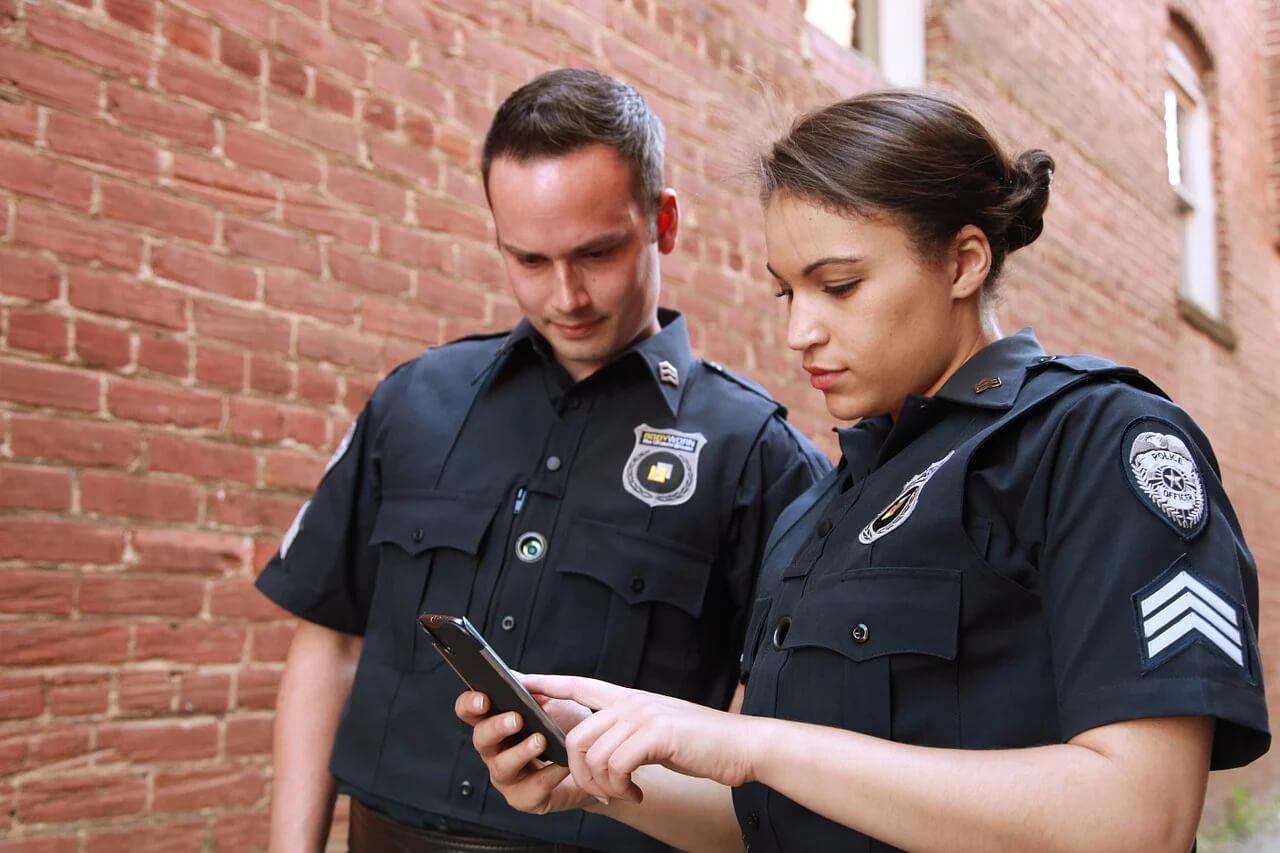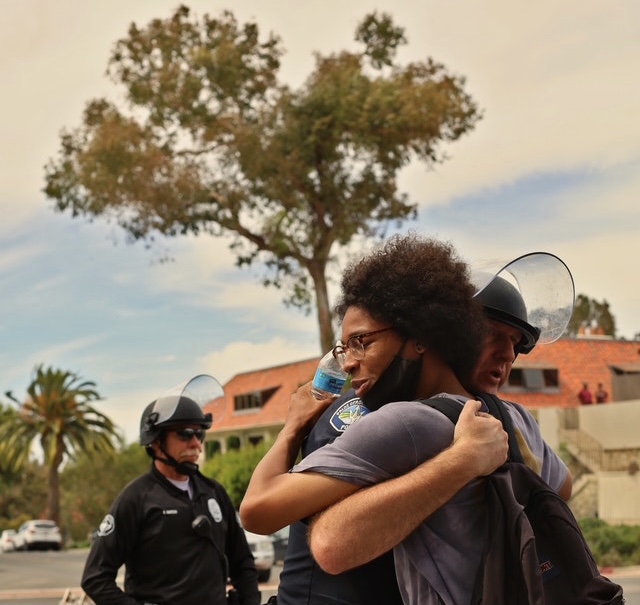How do you know the public’s perception of the police? Researchers, in particular, are keen on observing the minor details and pondering beyond what is seen. A couple of surveys can go a long way in identifying this information.
The data collected through the surveys could be a reliable reference for finding out the department’s shortcomings and which tasks are performed well by the officers.
It’s incredibly crucial to perform a quarterly survey to determine the level of community satisfaction towards your officers and the agency.
Police performance and procedural justice go hand in hand.
Although the citizens have mentioned that the police were efficient, accommodating, and prompt in taking the necessary actions, they have still failed in satisfying the masses’ expectations in terms of procedural justice.
With the most recent contact of the respondents to police, they shared their low rating for the officers in the departments of professionalism, fairness, helpfulness, courteous and friendly approach to civilians.
Increase engagement within the community
Interaction is valuable in resolving common problems in society. Yet, it could only be done if the people and police officers work together.
According to research by Gallup, police trust and confidence drastically dropped for 4 groups in the society: Black, Hispanics, liberals, and Age 35 below. This gap will affect the future of the police. As stated in this research, the younger generation might develop a consistently lower degree of respect for police officers, damaging their reputation. (1)
Another article has stated that the respect for police officers is not viewed toward public safety but only towards military enforcement. This implies that the public has developed a mistrust towards police officers when it comes to ensuring protection and safety. (2)
Some of the stated difficulties that police have to endure were the verbal and physical abuse from civilians. As a result, the citizens are unwilling to call for police officers’ assistance during a crime, making it challenging for the police to proceed with legal action.
Depending on surveys to drive growth in the department
Once the department can identify the problems that are causing trouble within the community, the senior leadership would be able to have the opportunity to address the situations.
They could find an alternative solution or implement a new strategy that will help build public trust and enlighten the public perception of police officers and the agency.
A great tool to use for police officer surveys and police officer feedback is www.officersurvey.com. Their software aims to provide a platform to ignite community engagement between police officers and the public by analyzing data from surveys.
A trial and error method for the approaches could generate good results and help the team determine the reasoning behind the officials’ attitudes. And if they’re truly committed, the department head should take the initiative not to tolerate any hypocrisy like violating even the most straightforward rules.
The public only respects the police officer if transparency is apparent and the law applies to all.
Conclusion
It doesn’t matter if you’re a Chief of Police, a Major, or new to law enforcement. Everyone will be scrutinized under the people’s gaze, and you have to prove that your services are sincere. Genuine connection with the community is the key to improving the steps you will take, but first, you would have to lend your eyes and ears to comprehend their situations completely.
References:
Norman, B. J. (2021, April 5). Confidence in Police Back at Historical Average. Gallup.Com. https://news.gallup.com/poll/213869/confidence-police-back-historical-average.aspx
Charles Koch Institute. (2019, August 9). Role of Police in America. https://www.charleskochinstitute.org/issue-areas/criminal-justice-policing-reform/role-of-police-in-america/








